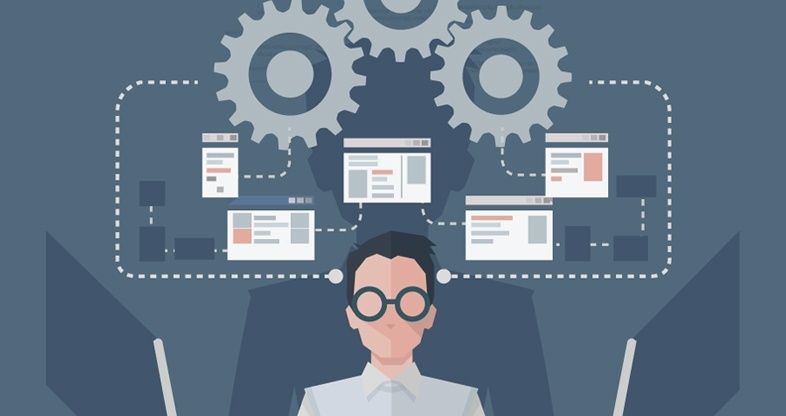List of the Necessary Features in Interface Design
“To design is much more than simply to assemble, to order, or even to edit: it is to add value and meaning, to illuminate, to simplify, to clarify, to modify, to dignify, to dramatize, to persuade, and perhaps even to amuse.”
Paul Rand
1. Our Number One Rule is To Be Understood;
The first and maybe the most important duty of any interface is to be comprehensible. In order for an interface that is designed can indeed be useable, it is important that the users understand what it is and why they have to use it and with what it provides ease of communication , and to know what kind of results will be obtained and that they will interact successfully. A comprehensible interface encourages the user's confidence and inspires them to use it more. A single comprehensible screen will always be preferred more than many cluttered screens.
2. What Are the Interfaces for?
Interfaces are actually solely created for benefit. Interfaces are for explaining, showing relationship, guide our expectations and providing access to the services. Interface design does not require art just as other designs. The duty of the interfaces is to fulfil something, and their efficiency can be measured.
3. Attention is Very Important
We should not turn the interfaces of our applications into trash with distracting items. If someone is viewing the content, we should first make them read and then show the advertisements, if, of course, advertisement is a must. If you take attention as a basis, not only the users will be happy but also you will yield better results. As long as your basic requirement is usage, attention is the most important factor and you should preserve it under any condition.
4. Keep the Users Under Control
By subjecting the users to the status of the system and information showing the reason for it, and giving them hints about what will happen in the next stage, you should make them feel that they are in control of the situation.
5. The Best Is To Give What You Want Directly;
It is easy to put more layers than necessary, and add exaggerated and annoying buttons, graphics, options, preferences, windows, plug-ins and many other things into interfaces; but these will bore and disturb the user. Thus, you should avoid all of the above-mentioned sanctions.
6. There Should Be A Single Action in Each Screen;
Each screen that is designed should provide the users only a single action. This eases learning, changing and use. Screens containing more than two actions are liable to become easily complex.
7. Interfaces Are for Use;
Just as in other designs, you can achieve success in interface design when users use your interface.



